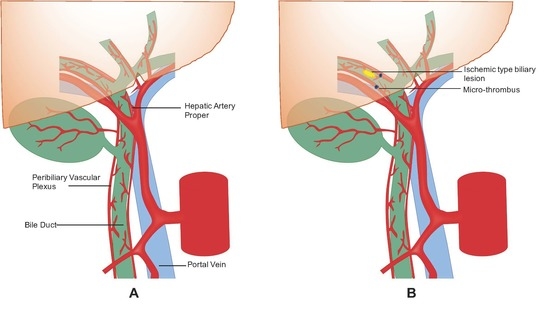Systematic Review and Meta-Analysis on the Impact of Thrombolytic Therapy in Liver Transplantation Following Donation after Circulatory Death
Abstract
Share and Cite
Jayant, K.; Reccia, I.; Virdis, F.; Shapiro, A.M.J. Systematic Review and Meta-Analysis on the Impact of Thrombolytic Therapy in Liver Transplantation Following Donation after Circulatory Death. J. Clin. Med. 2018, 7, 425. https://doi.org/10.3390/jcm7110425
Jayant K, Reccia I, Virdis F, Shapiro AMJ. Systematic Review and Meta-Analysis on the Impact of Thrombolytic Therapy in Liver Transplantation Following Donation after Circulatory Death. Journal of Clinical Medicine. 2018; 7(11):425. https://doi.org/10.3390/jcm7110425
Chicago/Turabian StyleJayant, Kumar, Isabella Reccia, Francesco Virdis, and A. M. James Shapiro. 2018. "Systematic Review and Meta-Analysis on the Impact of Thrombolytic Therapy in Liver Transplantation Following Donation after Circulatory Death" Journal of Clinical Medicine 7, no. 11: 425. https://doi.org/10.3390/jcm7110425
APA StyleJayant, K., Reccia, I., Virdis, F., & Shapiro, A. M. J. (2018). Systematic Review and Meta-Analysis on the Impact of Thrombolytic Therapy in Liver Transplantation Following Donation after Circulatory Death. Journal of Clinical Medicine, 7(11), 425. https://doi.org/10.3390/jcm7110425






